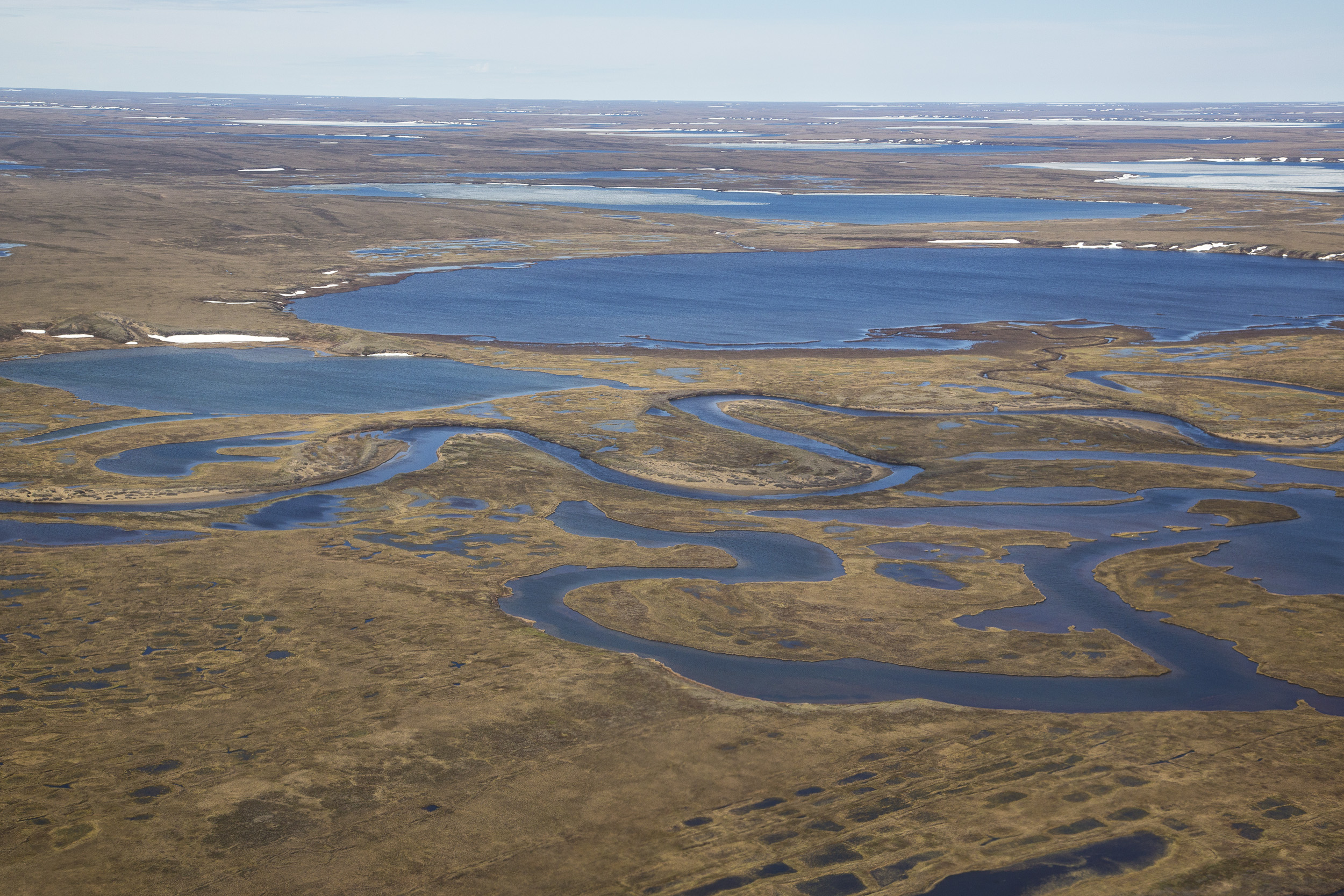Trump administration announces largest ever lease sale in Alaska’s Arctic petroleum reserve

An upcoming oil and gas lease sale will offer more territory in Alaska’s National Petroleum Reserve than any other lease sale ever held for that huge federal land unit, the U.S. Bureau of Land Management announced on Wednesday.
About 10.3 million onshore Arctic Alaska acres, broken into 900 tracts, will be put up for sale in December, the BLM said. Sealed bids are due Dec. 4 and will be opened in a Dec. 6 auction in Anchorage, the agency said.
There have been 12 National Petroleum Reserve lease sales held since 1999, but those sales focused on the reserve’s northeast or northern sections, territory that is believed to be more prospective for oil and within reasonable reach of existing North Slope oil-field infrastructure.
The upcoming lease sale will offer all territory within the reserve, known as NPR-A, that is available for lease. In comparison, last year’s lease sale offered 145 tracts covering about 1.45 million acres.
“BLM Alaska is committed to supporting energy development while fostering responsible stewardship of the environment,” Karen Mouritsen, acting state director for the BLM in Alaska, said in a statement. “This December lease sale and future lease sales in the NPR-A demonstrate this Administration’s commitment to the long term energy strength and economic growth of the State of Alaska.”
The National Petroleum Reserve lease sale is scheduled on the same day as three lease sales to be held by the state of Alaska for onshore and offshore territory on the North Slope, in the Beaufort Sea and in the Brooks Range foothills. The coordination of federal and state lease sales is deliberate and was set in policy during the Obama administration.
Alaska political officials said they were happy about the big scope of the upcoming National Petroleum Reserve lease sale.
“I welcome the BLM’s announcement today. Exploration and development of the NPR-A offers a promising opportunity to fill TAPS (the Trans Alaska Pipeline System), boost Alaska’s economy, and protect America’s energy security,” Sen. Dan Sullivan of Alaska said in the BLM statement. “After years of cutting off access to development, jobs and growth, the Department of Interior is now working with Alaska to put people back to work and ensure American energy dominance.”
But environmentalists characterized it as an overly aggressive move by the Trump administration to spread oil development across Arctic Alaska.
“Combined with efforts to open the Arctic National Wildlife Refuge for oil and gas drilling, this announcement about the Western Arctic reflects the current administration’s wholesale approach to turning over America’s public lands to the highest bidders for development. They are asking the oil and gas industry to bid on every possible acre,” Nicole Whittington-Evans, Alaska regional director of The Wilderness Society, said in a statement. “Americans should not stand by and allow our public lands to be plundered without restraint.”
The Trump administration is pushing for oil drilling in the Arctic refuge to the east, and Interior Secretary Ryan Zinke has expressed intentions to overturn protections and drilling restrictions imposed in the National Petroleum Reserve in a management plan issued by the Obama administration in 2013. A secretarial order issued in May sets the stage to do that.
The 23 million-acre National Petroleum Reserve in Alaska is the largest federally owned land unit in the United States. It is known for its abundant caribou, huge populations of migratory birds and its well-preserved polar dinosaur fossils, as well as for its potential oil resources.
The reserve sprawls from the central Arctic Slope to the Chukchi Sea coastline. It was established in 1923 by President Warren Harding as one of four federal land units set aside to provide energy for the nation’s naval forces, which were switching at the time from coal to petroleum.
But the reserve, though sporadically explored from the 1940s to early 1980s, was largely overlooked because the big North Slope oil finds were on state lands to the east, on and around Prudhoe Bay.
New interest was sparked in the 1990s when Arco Alaska discovered the large Alpine field on state land along the Colville River, the western border of the reserve. That inspired the series of lease sales held since 1999 and a flurry of exploration drilling and development.
There are currently 189 active leases in the reserve that cover more than 1.3 million acres. ConocoPhillips, the successor company to Arco Alaska, is the company most active in the reserve.
The first production from territory within the reserve borders — though on land owned by Inupiat residents of the North Slope — started in late 2015 at a ConocoPhilips field called CD-5.
In February 2015, the BLM issued the Record of Decision for the Greater Mooses Tooth 1 oil and gas development project, opening the way for the first production of oil and gas on public land in the NPR-A. A second, proposed development project within the reserve, called Greater Mooses Tooth 2, is currently under environmental review by the BLM.
The next production, from a project called Greater Mooses Tooth 1, is expected in 2018, according to Conoco Phillips. That project has received federal approval. More production could come from a project a bit farther to the west called Greater Mooses Tooth 2, which is currently under environmental review.
Correction: An earlier version of this story gave an incorrect date for the reserve’s designation. It was established in 1923, not 2013.